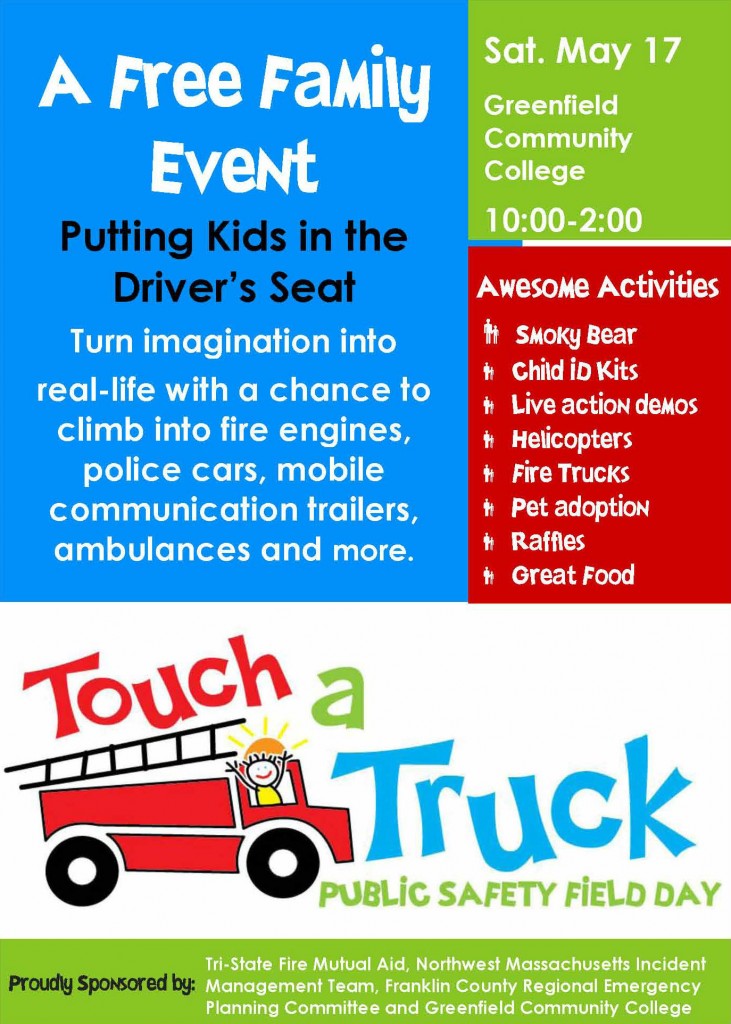The Western Region Homeland Security Advisory Council will host the second Community Organizations Active Disasters Summit on Thursday, April 30 at the UMass Center in Springfield. Click here to register. The event is free.
The Western Massachusetts Community Organizations Active in Disasters (COAD) Summit provides an excellent opportunity for emergency personnel to learn about the wealth of non-governmental, ready-to-serve organizations that exist in their communities, and to take stock of the vital resources these agencies supply.
Participants will become familiar with the function and mechanics of the emergency response system and learn about the ways in which their particular organization or personal skill fits into the many-faceted network of volunteers.
Keynote speaker Susamma Seeley is a certified emergency manager and the statewide director of response for Catholic Charities agencies in Missouri. She also serves as the Chairperson of the Missouri Voluntary Organizations Active in Disaster (VOAD). When deployed on their behalf, Ms. Seeley’s primary role is to assist local Catholic Charities agencies with integration of their response and recovery activities into the broader disaster response community. Her most recent deployments include the 2011 Joplin, Missouri tornado response and the 2012 Hurricane Sandy response in New Jersey. With a background in both emergency management and VOAD, Ms. Seeley’s keynote speech will offer insight into and discuss strategies for relationship-building between these distinct disaster response camps.
The two-session agenda will include continental breakfast, lunch, opportunities to network, and a low-stress, low-stakes functional exercise in which participants will practice coordinating their response through a disaster scenario. Morning registration will test an existing plan for operating a volunteer reception center.
Individuals and groups interested in volunteering or actively involved in preparing for emergencies and assisting victims before, during, and after disasters are encouraged to attend. This year’s summit promises to be an exciting day of informative workshops, problem solving, and networking with other participants who share an enthusiasm for helping others through disaster.





